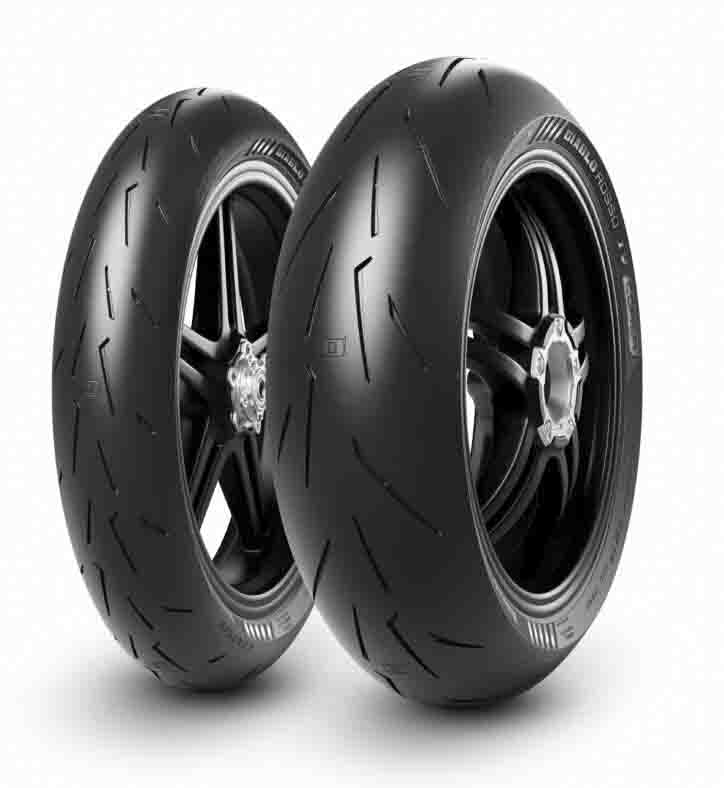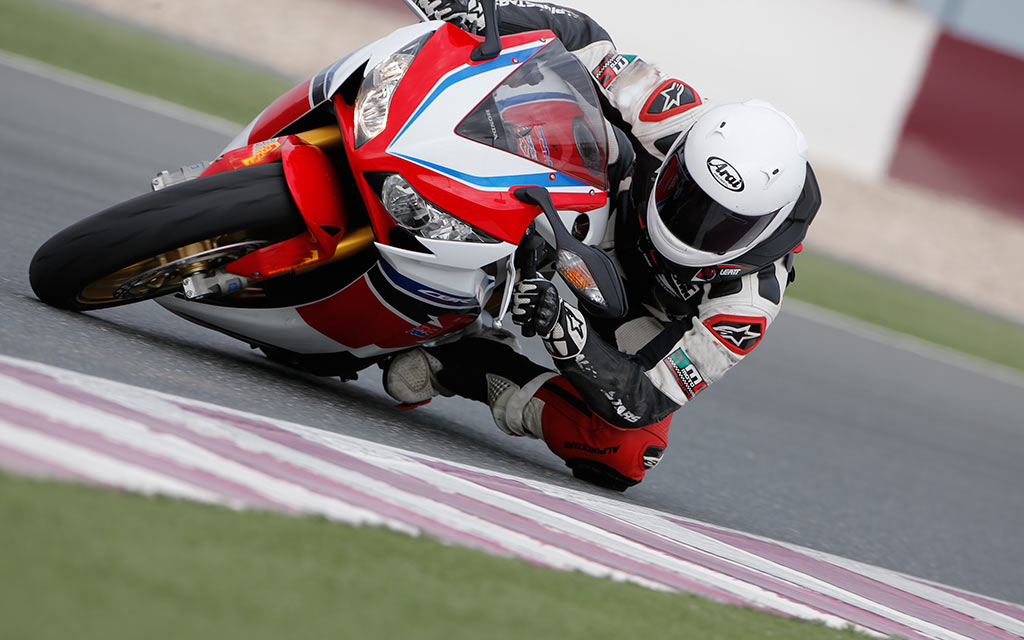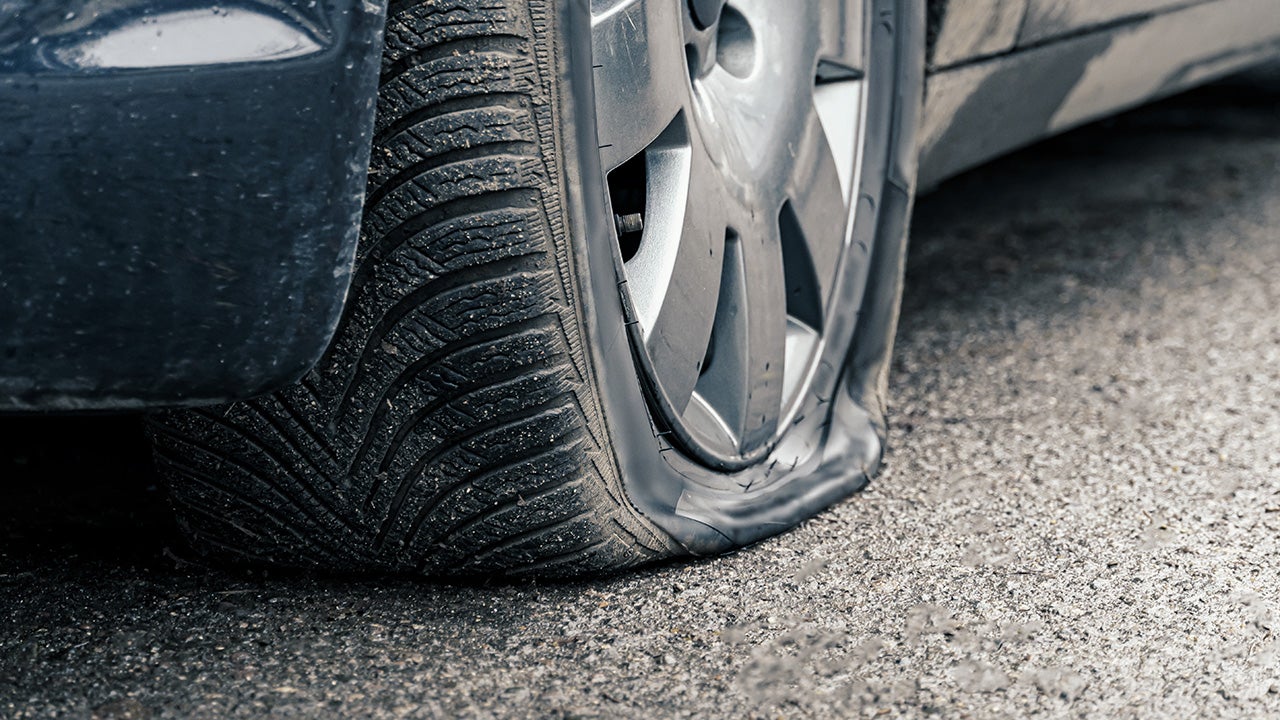All Categories
Featured
Table of Contents
The Michelin used a comfy driving experience, characterised by receptive guiding and a progressive understeer balance. Regardless of the cooler screening conditions, Michelin's consistent time and grasp over 3 laps indicates its viability for real-world applications. On the other hand, Yokohama's performance was distinct. While its super-quick guiding caused a fast front axle turn, the back showed a tendency to swing a lot more.
One more notable facet was Yokohama's workout time. The tire's first lap was a second slower than the second, directing to a temperature-related grasp rise. This suggests the Yokohama might radiate in dry, race-like problems. For everyday usage, the Michelin may be a safer wager. Next in line was the Hankook.
Trusted Budget Car Tyres Near Me – Brabham
It shared Michelin's safe understeer balance yet lacked the latter's determination to transform. Continental and Goodyear's performances were significant, with Continental's new PremiumContact 7 showing a significant improvement in damp conditions compared to its precursor, the PC6. This version was much less conscious load changes and acted just like the Michelin, albeit with a little much less communication at the limit.
It integrated the secure understeer balance of the Michelin and Continental with some sporty handling, proving both foreseeable and quick. As an all-rounder for this Golf GTI, Goodyear's Uneven range was the standout, showing remarkable performance in the damp. The Bridgestone Potenza Sporting activity took the crown as the fastest tire, albeit by a small margin.
This tyre obtained grippier as it heated up, similar to the Yokohama. Drivers seeking an exciting wet drive may locate this tyre worth taking into consideration. The standout entertainer in damp stopping was the newest tyre on examination, the PremiumContact 7, though the outcomes are nuanced. We conducted damp stopping examinations in three various means, twice at the brand-new state and when at the worn state.
Honest Cheap Car Tyres Near Me – Swan
Preferably, we wanted the cool temperature level test to be at around 5-7C, however logistical hold-ups implied we checked with an average air temperature level of 8C and water at 12C. While this was cooler than basic test problems, it was still warmer than real-world problems. The warm temperature level examination was done at an average of 18C air and 19C water.
The 3rd run included wet stopping tests on worn tyres, specifically those machined down to 2mm with a little confrontation. While we planned to do more with these used tyres, climate constraints limited our testing. However, it deserves keeping in mind that damp braking is most important at the worn state, as tires usually enhance in dry problems as they put on.

Nevertheless, it shared one of the most considerable performance decline, along with the Yokohama, when worn. Bridgestone, Goodyear, and Michelin saw the least performance decrease when used. Bridgestone and Goodyear's efficiency dipped in cooler problems. The Hankook tyre signed up the smallest efficiency decline as temperatures cooled down, however it was among the most influenced when used.
Reliable Discount Car Tyres Near Me
The take-home message right here is that no single tyre mastered all facets of damp stopping, showing a complex interplay of factors affecting tyre efficiency under different conditions. There was a standout tire in aquaplaning, the Continental finished top in both straight and curved aquaplaning, with the Michelin and Goodyear also great in deeper water.

Yokohama could take advantage of somewhat even more grip, a problem possibly affected by the colder conditions. When it comes to handling, all tyres carried out within a 2% range on the lap, showing their premium performance (Budget car tyres). Nevertheless, considering these tires basically target the same client, it's interesting to observe the significant distinctions in feel.
The surprise is due to the fact that the PremiumContact 6 was just one of my favourites for stylish completely dry drives, however its follower, the PremiumContact 7, seems a lot more fully grown and resembles Michelin's performance. Amongst these, Hankook was the least exact in guiding and interaction at the limit. Discount tyres. Both Michelin and Continental offered wonderful first guiding, albeit not the fastest
If I were to suggest a tyre for a quick lap to a newbie, claim my daddy, it would be one of these. We have the 'fun' tires, namely Yokohama and Bridgestone. Both were swift to guide and felt sportier than the others, but the compromise is a much more spirited back end, making them a lot more challenging to deal with.
Affordable Tyre Fitting Near Me
It provided comparable guiding to Bridgestone however used much better feedback at the restriction and much better hold. The Bridgestone Potenza Sporting activity, nevertheless, appeared to weaken rather promptly after simply 3 laps on this requiring circuit. There's Goodyear, which positioned itself somewhere in between the fun tyres and those having a tendency in the direction of understeer.
Overall, these tires are excellent performers. For road use, I 'd lean in the direction of either the Michelin or Goodyear, depending on your particular choices. In terms of tyre wear, the approach made use of in this test is what the sector refers to as the 'gold criterion' of wear. The wear specialists at Dekra performed this examination, which involved a convoy of automobiles going across a meticulously intended path for 12,000 kilometres.
Both the Bridgestone and Yokohama tyres considerably underperformed in contrast to the various other four tyres in terms of rolling resistance, with Continental slightly exceeding the rest. Pertaining to the convenience level of the tires, as prepared for, a lot of showed an inverse connection with handling. The Continental, Michelin, and Goodyear tyres carried out ideal across different surface kinds tested.

Bridgestone started to reveal indicators of firmness, while Yokohama was specifically disconcerting over splits. We did determine interior sound levels; however, as is commonly the instance, the results were closely matched, and as a result of weather restraints, we were unable to conduct a subjective analysis of the tyres sound. We looked at abrasion numbers, which determine the amount of tyre step lost per kilometre, normalised to a one-tonne automobile.
Trusted Tyre Inspections – Brabham WA
This number stands for the amount of rubber dirt your tires produce while driving. Michelin led in this classification, generating over 9% much less rubber particle issue.
Latest Posts
Top Premium Tyre Selection (Brabham WA)
Best Vehicle Alignment – Stirling 6061 WA
Top Tyre Shop Services – Bennett Springs WA